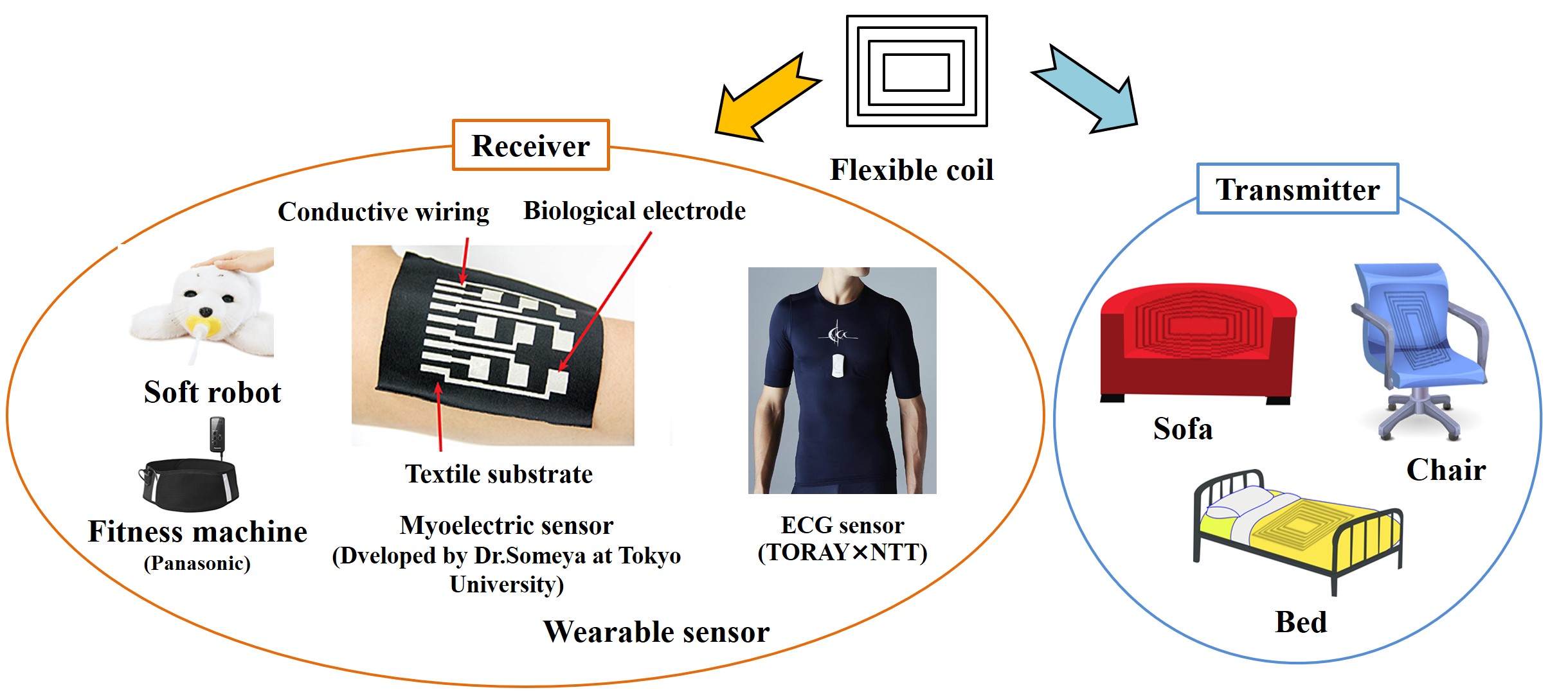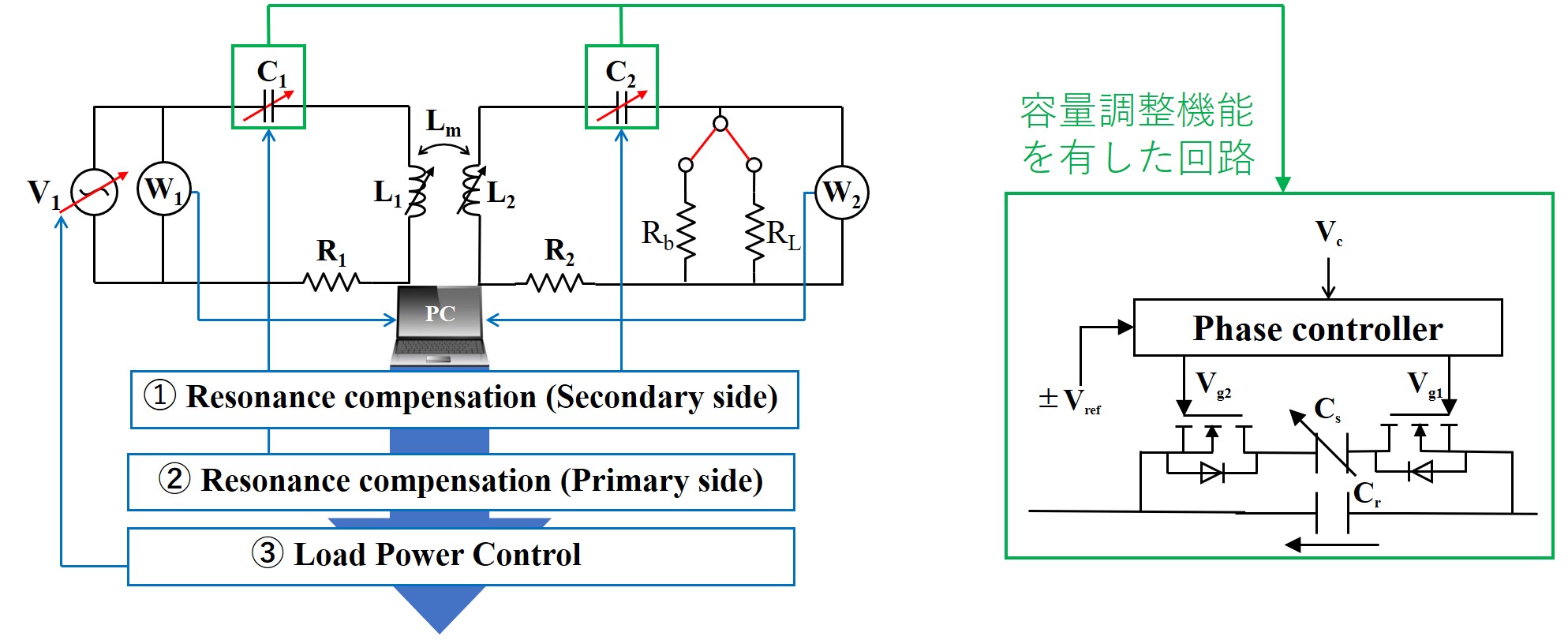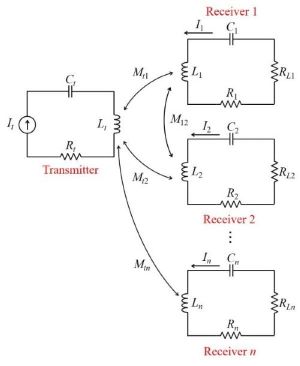TOP

Efficiency improvement of multiple power feeding using capacitive control

In recent years, electronic devices and sensors, including smartphones,
wearable devices, and IoT devices, have become common in our daily lives.
At the same time, securing power for these devices has become an issue.
Wireless power transfer is attracting attention as a solution to this problem.
In particular, the practical application of magnetic resonance wireless power transfer,
which has less impact on the human body and achieves higher efficiency, is expected.
In this research, we aim to achieve higher power transmission efficiency
by using a circuit in which the equivalent capacitance value can be controllable
by soft-switching of capacitors and to perform magnetic field resonance wireless power transfer
to multiple devices.
When the coils on the transmitter and receiver sides are one-to-one,
there is the characteristic that varying the capacitor C1 on the transmitter side will affect the power PRL obtained
by the load resistance on the receiver side. Also, by varying the capacitor C2 on the receiving side,
the PRL and power transmission efficiency will be affected. By utilizing this characteristic and varying the capacitance values
in the order of C2 → C1, and fixing the value of C2 at the maximum power transmission efficiency and the value of C1 at the maximum load power,
the resonance frequency of the sending side and the receiving side can be matched to the power supply frequency to realize magnetic resonance wireless power transfer.


When there is single transmission side and multiple receiving sides, cross-coupling occurs between the coils on the receiving side.
As a result, it is not always the case that maximum power transmission efficiency is achieved when the resonant frequencies of the receiving and transmitting sides match the power supply frequency.
In addition, when there are multiple feeder targets, there may be situations where the coupling coefficient and power requirements of the transmission side and each feeder target are different.
In other words, when there are multiple feeders, the control requirements are more complex than when there is only one feeder. Therefore, we propose a new method to control the capacitance value
in addition to the load resistance of the power receiving side in order to achieve both the desired power ratio expressed as a fraction of the desired power of each device and efficiency maximization in the presence of cross-coupling.
In the case of two power receiving devices, the maximum power transmission efficiency of the entire system was compared when the desired power ratio Pa, coupling coefficients kt1 and kt2, and cross-coupling k12 were specified and the capacitor
and load resistance of the power receiving device were variable (four variables below) and when only the load resistance was variable (two variables below). The value of the capacitor was selected so that the resonant frequency of the power receiving side in the 2-variable case coincided
with the frequency of the power transmission side and the power supply frequency.It was confirmed that when cross-coupling occurs, the maximum efficiency is greater at the 4-variable time.In particular, when the combinations of kt1, kt2, and k12 that resulted in a maximum efficiency difference of 5% or more between the 4-variable
and 2-variable cases were plotted on a 3-dimensional graph against Pa, it was confirmed that the characteristics are as shown in the figure.

